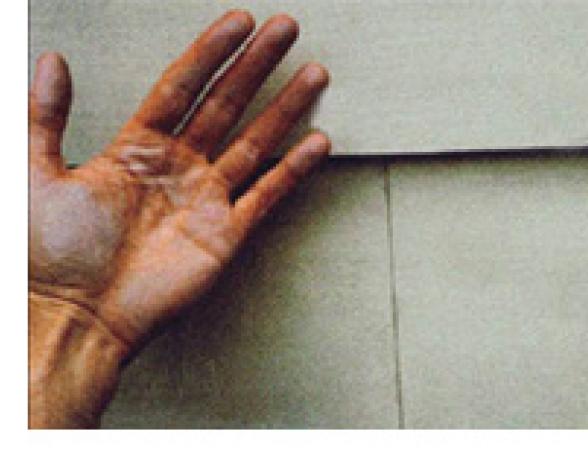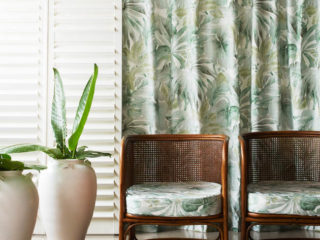Chalking

Formation of a fine powder on the surface of the paint film during weathering, which can cause colour fading. Although some degree of chalking is a normal, desirable way for a paint film to wear, excessive film erosion can result in heavy chalking.
Possible Cause
- Use of a low-grade, highly pigmented paint.
- Use of an interior paint for an outdoor application.
Solution
First, remove as much of the chalk residue as possible, using a stiff bristle brush (or wire brush on masonry) and then rinse thoroughly with a garden hose; or use any power washing equipment. Check for any remaining chalk by running a hand over the surface after it dries. If noticeable chalk is still present, apply a quality solvent-based or water-based primer (or comparable sealer for masonry), then repaint with a quality exterior coating. If little or no chalk remains and the old paint is sound, no priming is necessary and the surface can be repainted with a quality exterior paint.
Images courtesy of the Paint Quality Institute from Dow Coating Materials
Colourplus recommends Colourplus Ultra Premium Aquasun and Diamondshield X.
FREE in-home measure and quote!
Book a FREE in-home measure and quote* for curtains, blinds and shutters! Read more

Choosing the right fabric for your curtains
Practical and stylish, new drapes can elevate the style of a room while ...

What is new? These stunning wallpapers!
Wallpaper remains one of the easiest and most satisfying ways to introdu...

Where to start your interior design DIY
If you have decided to DIY your interior design, it can be overwhelming ...

Six traditional fabric themes with a modern twist
Curtains are the finishing touch to any interior design scheme. ...
